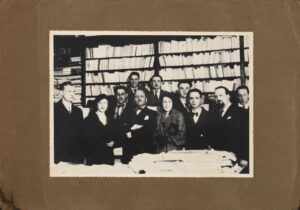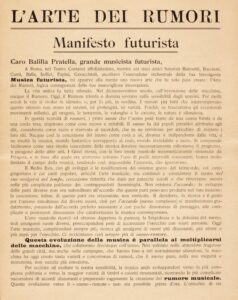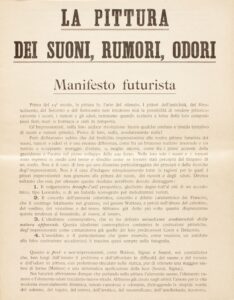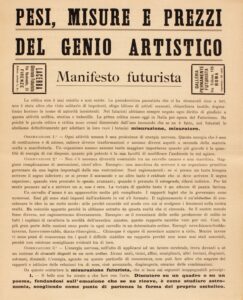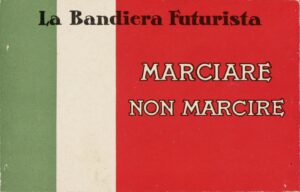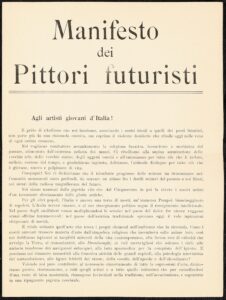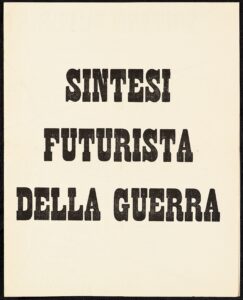Early-twentieth-century Italy was shaken by an avant-garde movement—Futurism—inspired and led by the radical ideas of some of the country’s greatest artists. When Filippo Tommaso Marinetti, founder, and leader of the movement, put those ideas on paper and circulated them through countless newspapers, leaflets, and journals, the resulting documents had the strength to force an entire country to take notice and make a cultural turn. The documents Marinetti and his acolytes published were called “manifestos” and, while futurism started as a literary and artistic avant-garde group, their texts did not exclusively address the field of liberal arts. From the style of Italian painting to the art of war, cuisine, and even the idea of sex, manifestos sought to rid Italy of all that was old. When studied as a whole, these manifestos shed light on the birth and intellectual backbone of Italy’s most important avant-garde movement. They constitute, if you will, the guidebooks to futurism. These manifestos helped Italy’s intellectual elites look away from the nation’s storied past and into the future, and they contributed in making it the vibrant, fashion-loving, bold country we know today.
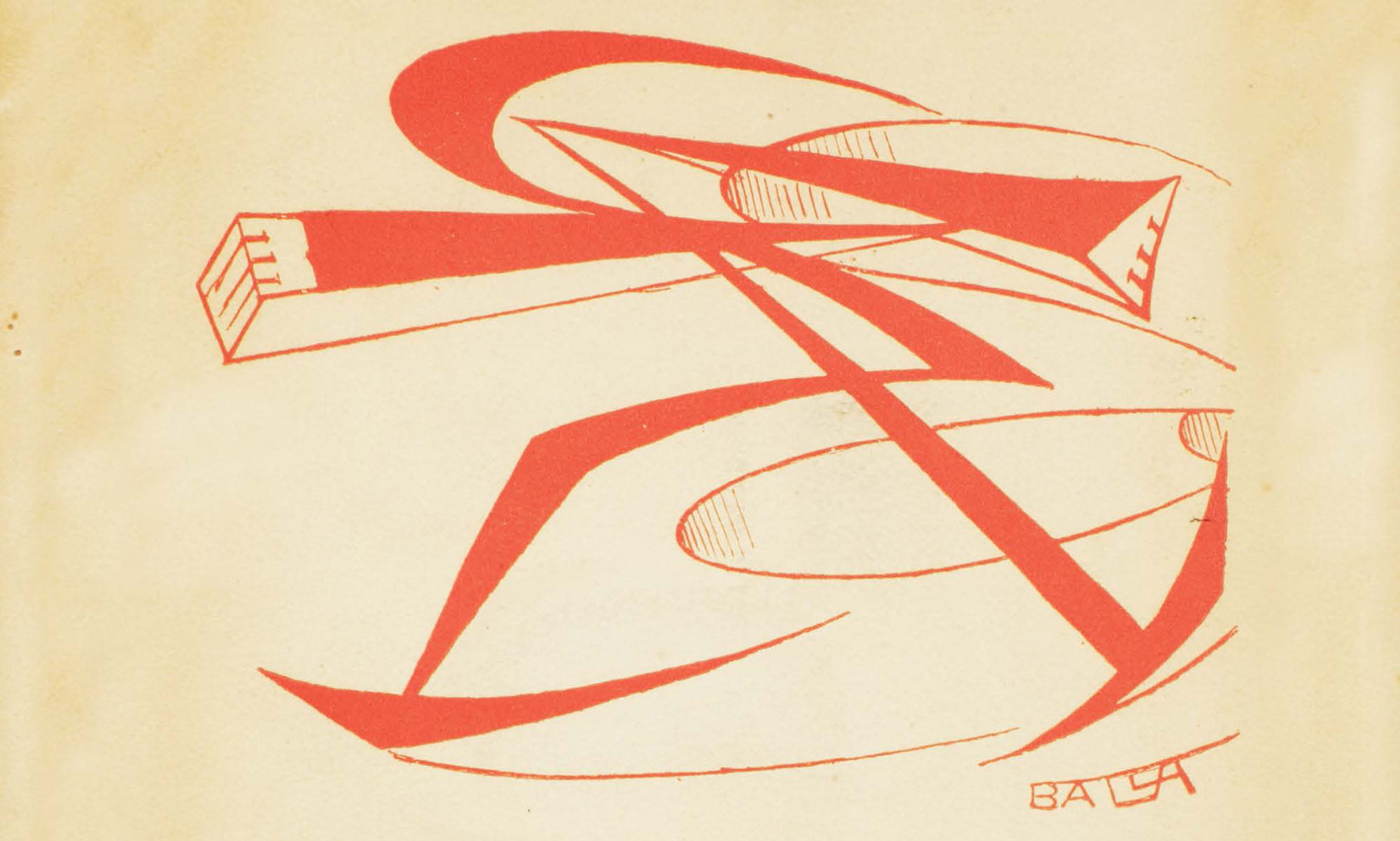
The Italian Avant-Garde and its Cultural Impact

